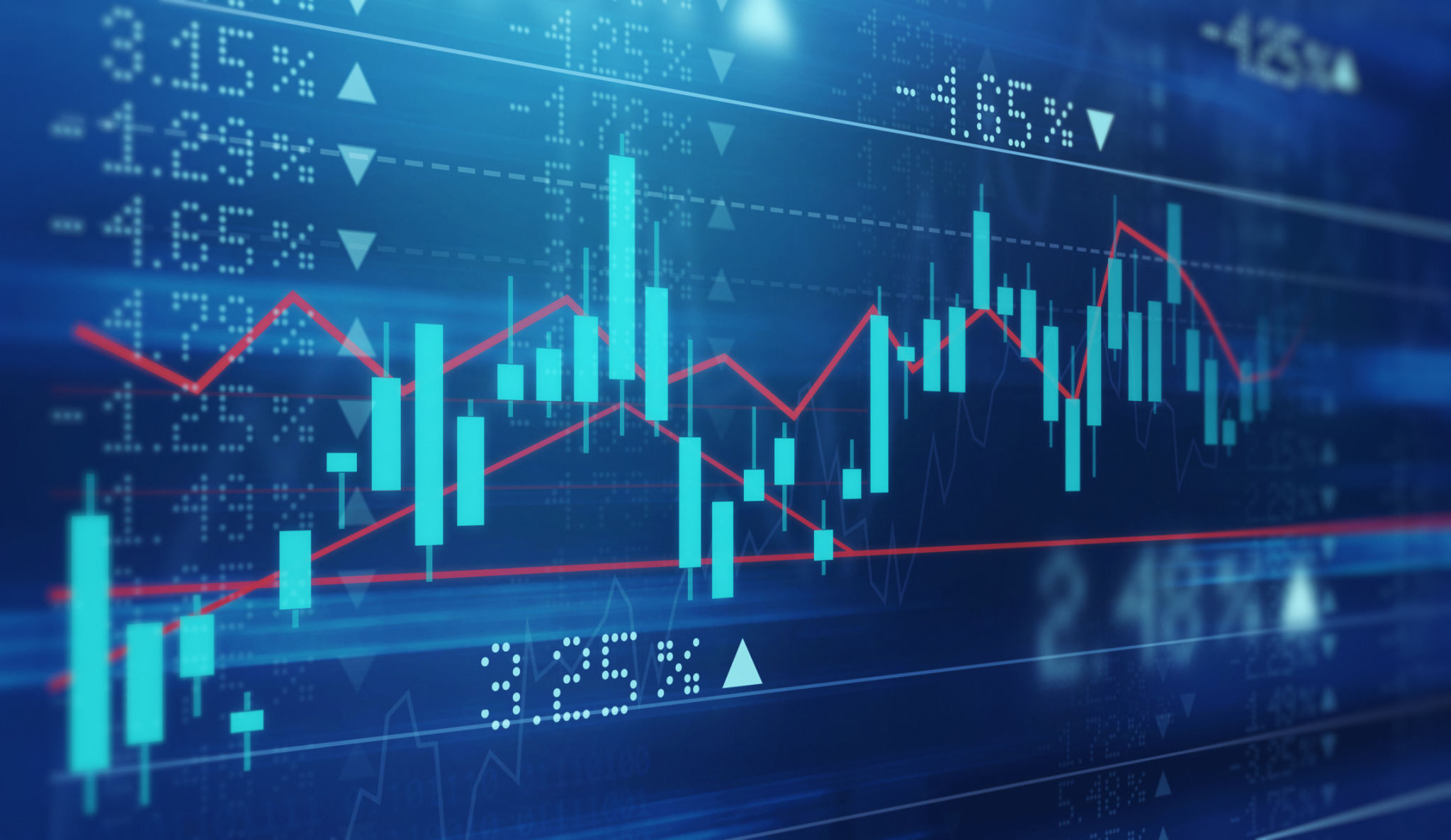Mastering Forex Trading: A Comprehensive Guide for Beginners
Understanding the Basics of Forex Trading
Forex trading, also known as foreign exchange trading, is the practice of buying and selling currencies to profit from fluctuations in exchange rates. The forex market is the largest and most liquid financial market in the world, with an average daily trading volume exceeding $6 trillion. Unlike other financial markets, forex operates 24 hours a day, five days a week, providing ample opportunities for traders across the globe. Before diving in, it's crucial to understand the basic concepts and terminologies used in forex.

Getting Started: Setting Up a Forex Account
To start trading forex, you'll need to set up a trading account with a reputable broker. When choosing a broker, consider factors such as regulation, trading platform, fees, and customer support. Once you've selected a broker, open a demo account to practice trading without risking real money. This will help you familiarize yourself with the trading platform and develop your trading skills. After gaining confidence, you can proceed to open a live account and start trading with real funds.
Selecting the Right Trading Platform
The trading platform is your gateway to the forex market, so choosing one that suits your needs is important. Look for platforms that offer comprehensive charting tools, technical indicators, real-time data, and user-friendly interfaces. Popular platforms include MetaTrader 4, MetaTrader 5, and TradingView. Each platform has unique features, so explore different options before settling on one.

Developing a Trading Strategy
Successful forex trading requires a well-defined strategy that outlines your trading goals, risk tolerance, and preferred trading style. Common strategies include scalping, day trading, swing trading, and position trading. Each strategy has its advantages and disadvantages, so choose one that aligns with your objectives and available time. Additionally, consider incorporating technical analysis tools such as moving averages, Fibonacci retracements, and trend lines to identify potential entry and exit points.
Risk Management Techniques
Effective risk management is essential for long-term success in forex trading. Start by determining how much capital you're willing to risk on each trade. A common rule of thumb is to risk no more than 1-2% of your account balance on a single trade. Use stop-loss orders to limit potential losses and take-profit orders to secure profits. Diversifying your portfolio by trading multiple currency pairs can also help mitigate risk.

Staying Informed and Adapting
The forex market is influenced by various factors such as economic data releases, geopolitical events, and central bank policies. Staying informed about these factors can help you make informed trading decisions. Follow financial news outlets, economic calendars, and market analysis reports to stay updated on current events. Additionally, be prepared to adapt your strategy as market conditions change.
Continuous Learning and Improvement
Forex trading is a dynamic field that requires continuous learning and improvement. Attend webinars, read books on forex trading, and participate in online forums to enhance your knowledge. Analyzing your past trades can provide valuable insights into your strengths and weaknesses. By regularly reviewing your performance and adjusting your strategy, you can increase your chances of success in the forex market.

In conclusion, mastering forex trading takes time, effort, and dedication. By understanding the basics, developing a solid strategy, managing risks effectively, staying informed, and continuously learning, you can build a successful trading career. Remember that patience and discipline are key traits of successful traders. Start with small steps and gradually increase your exposure as you gain experience and confidence.
